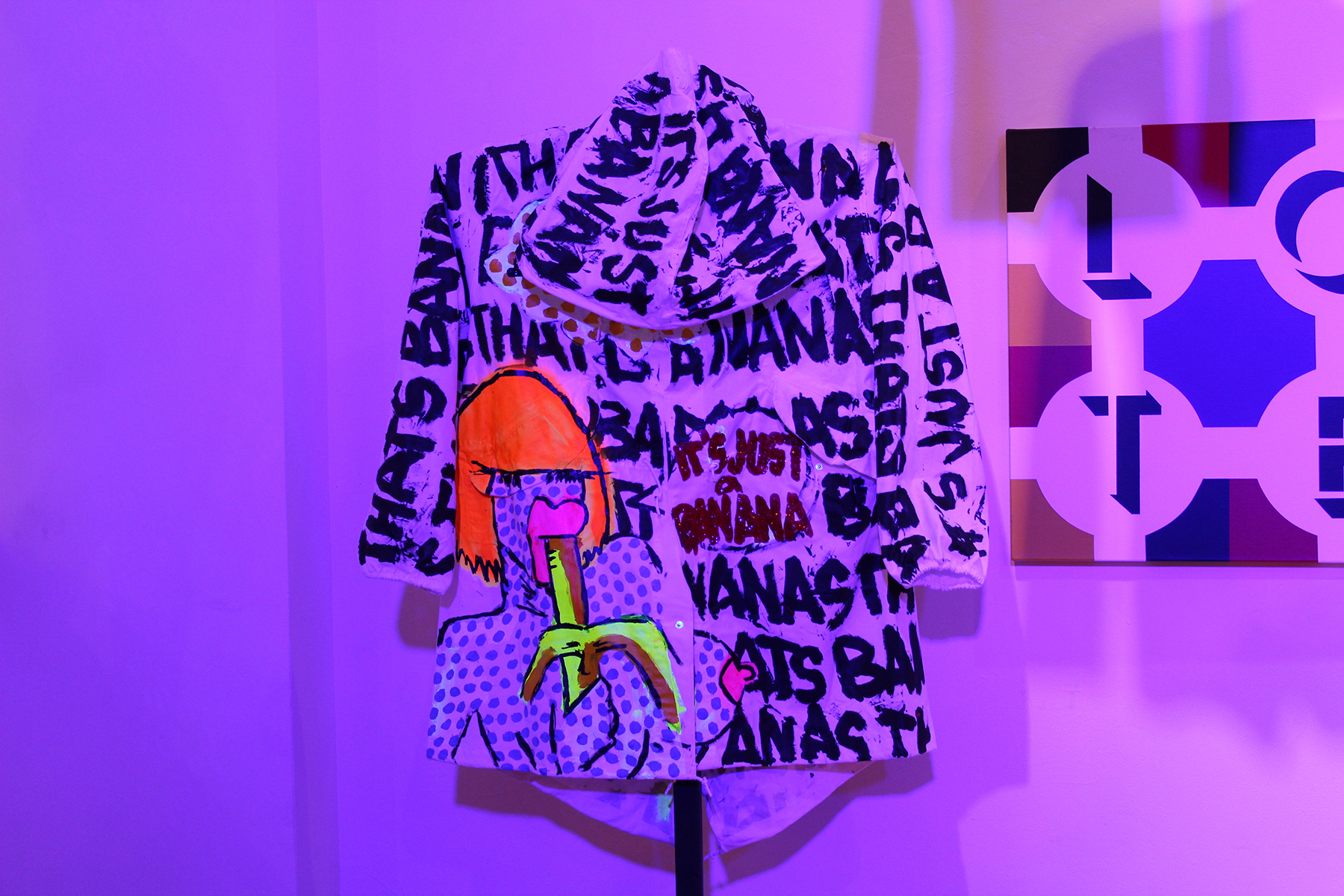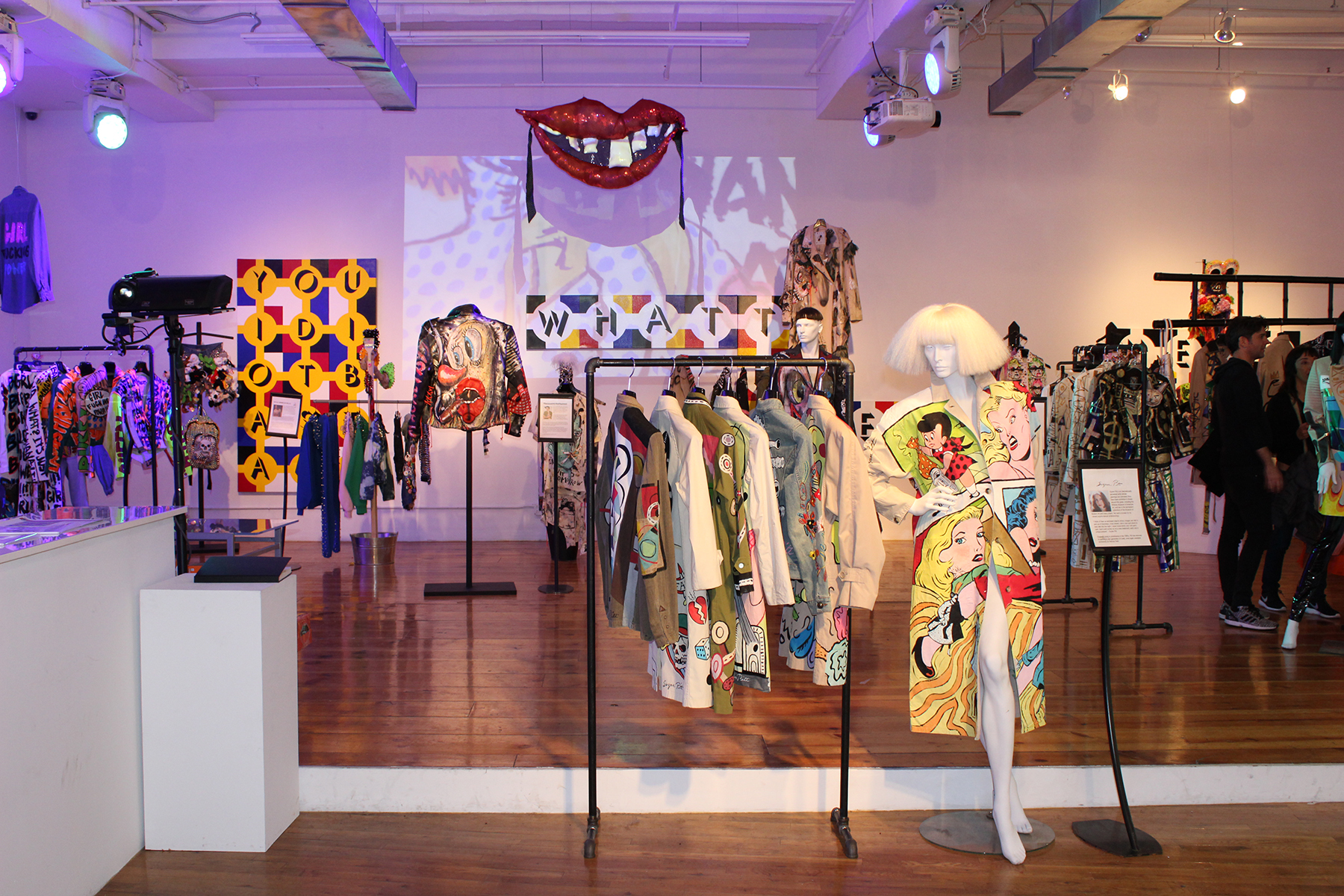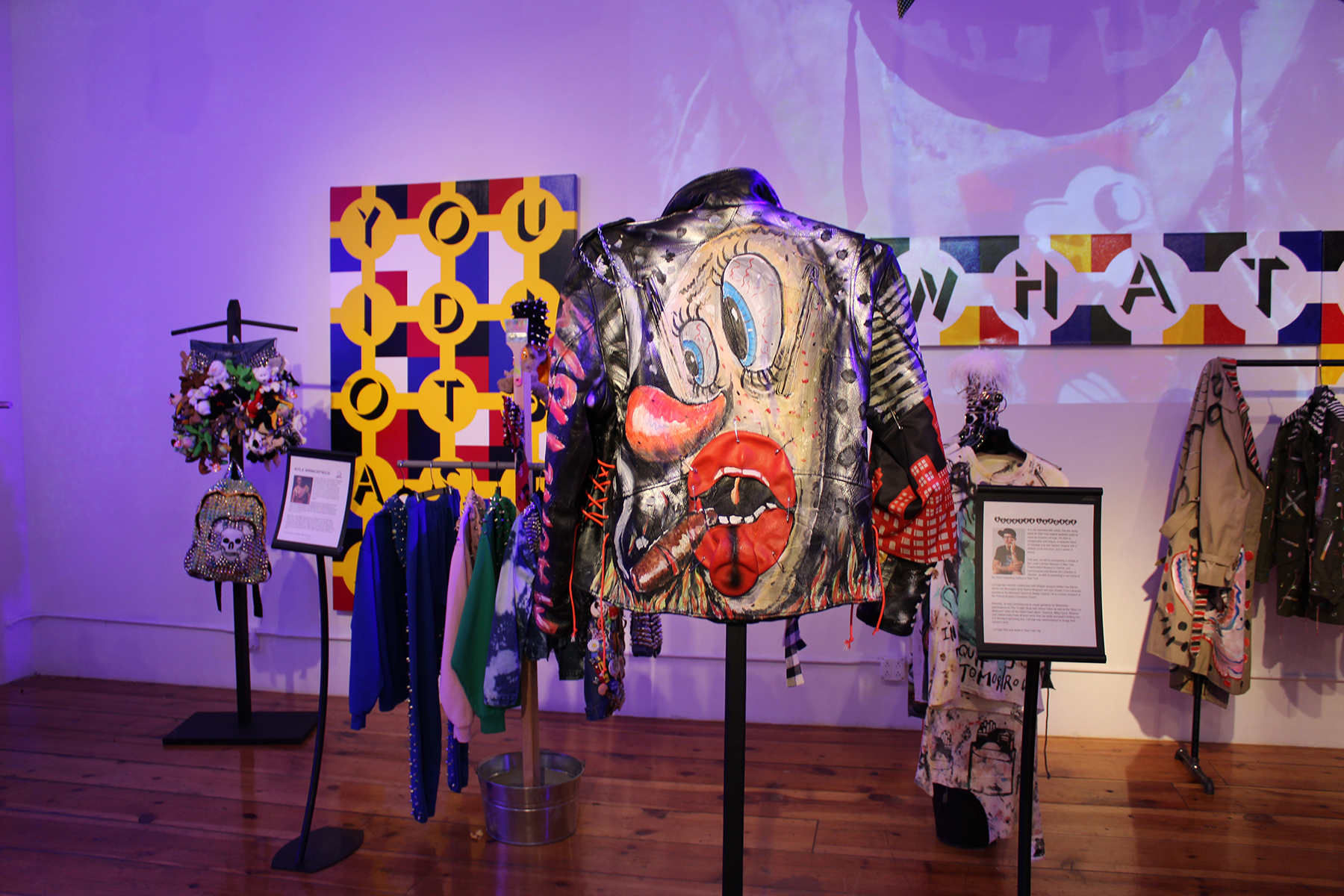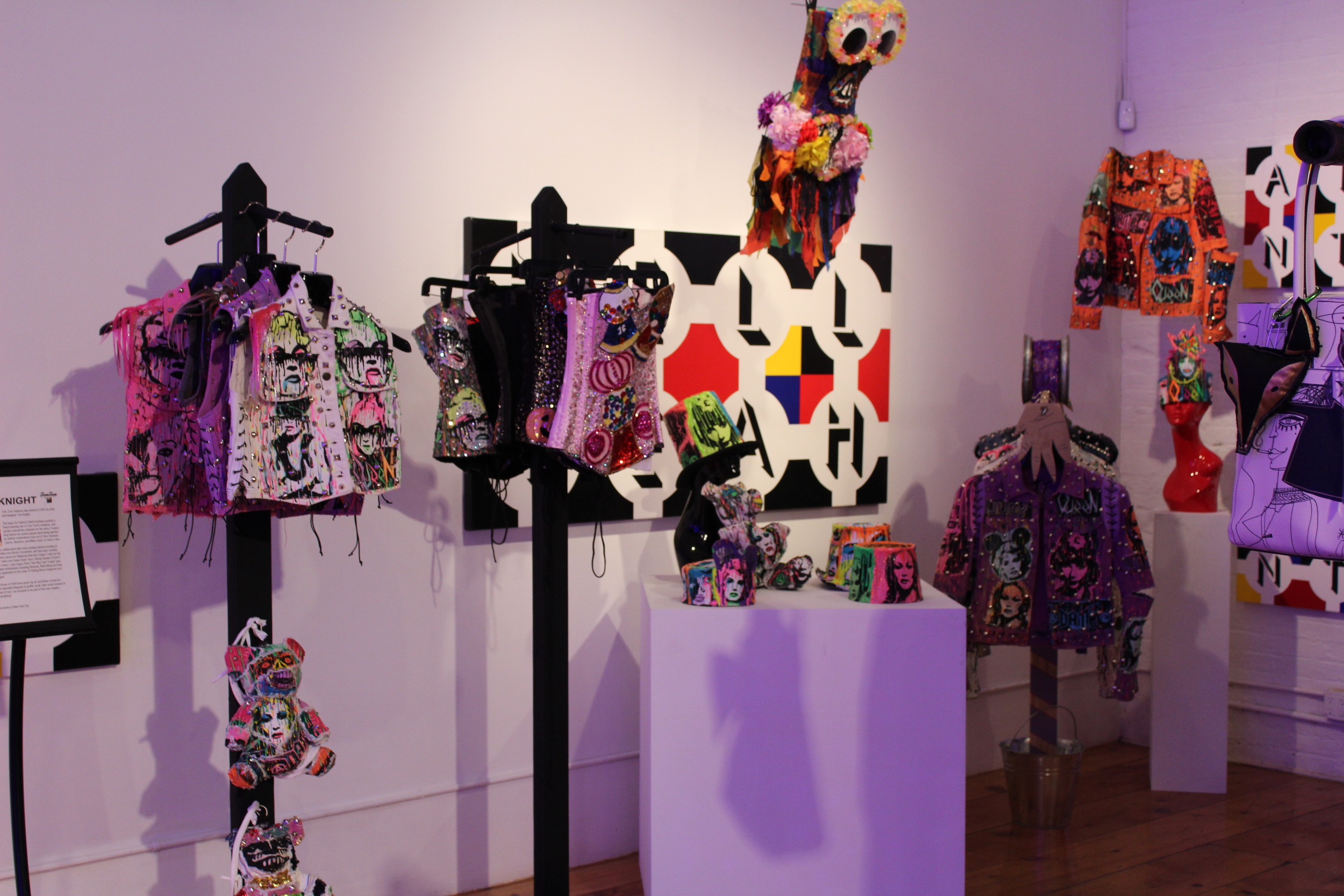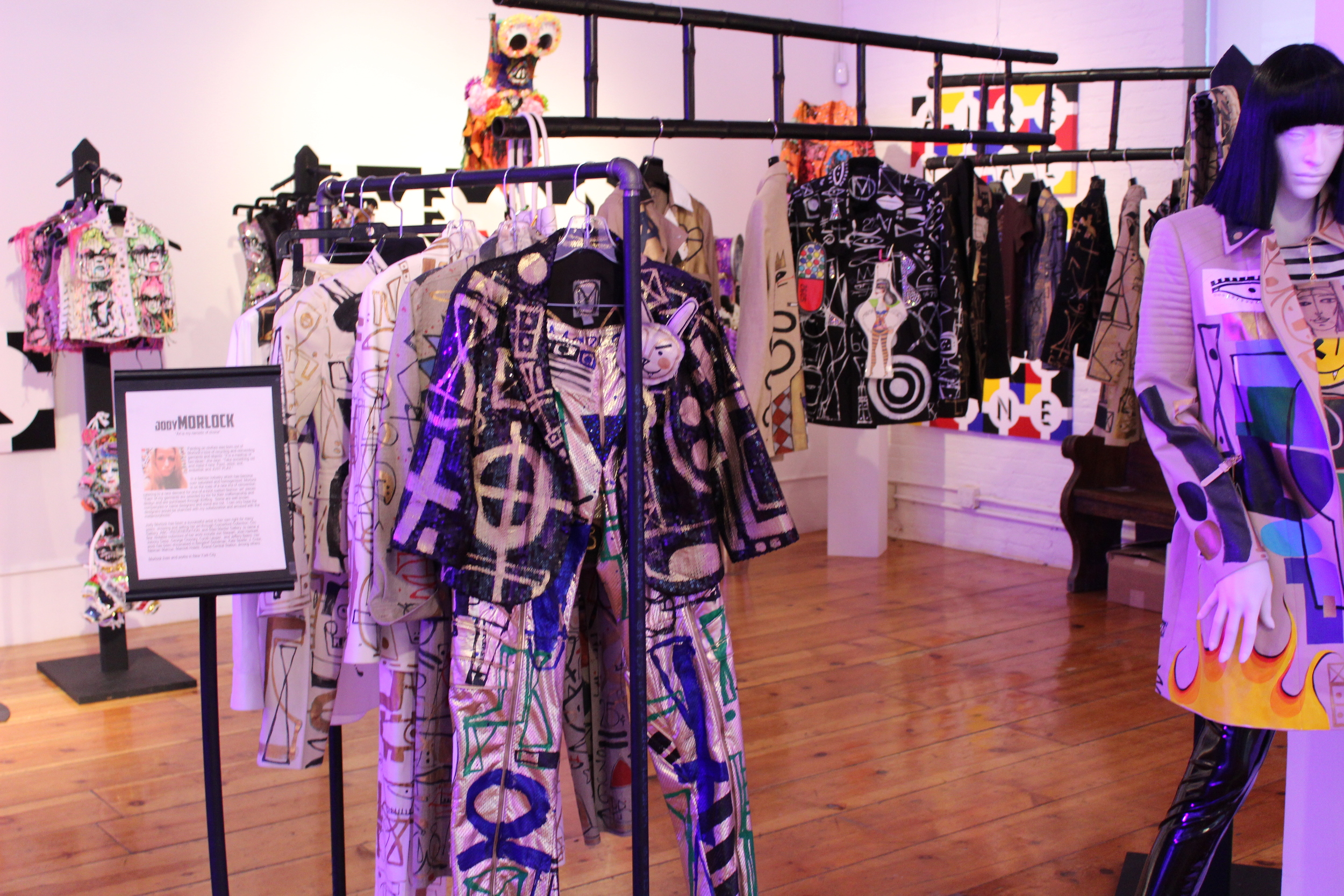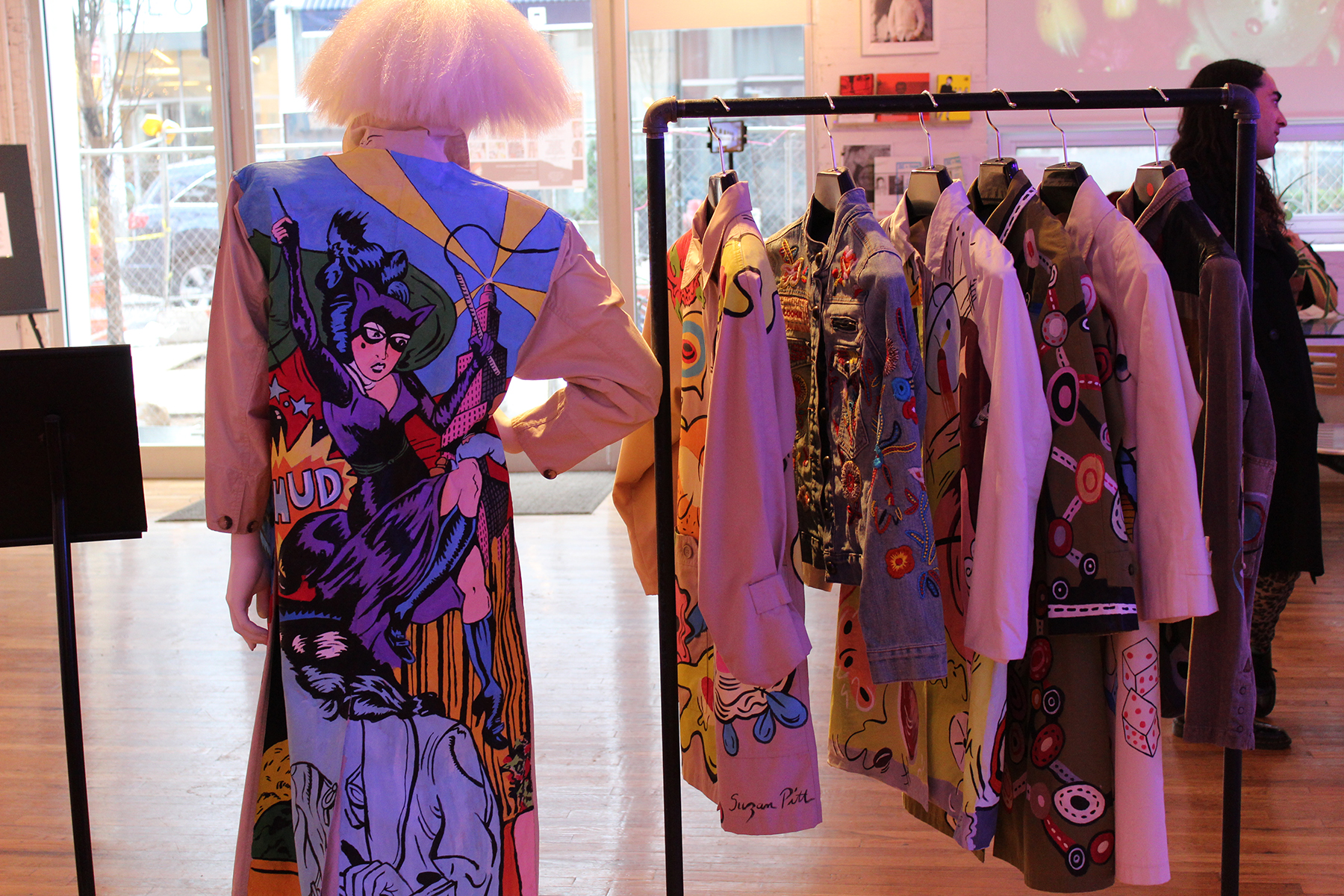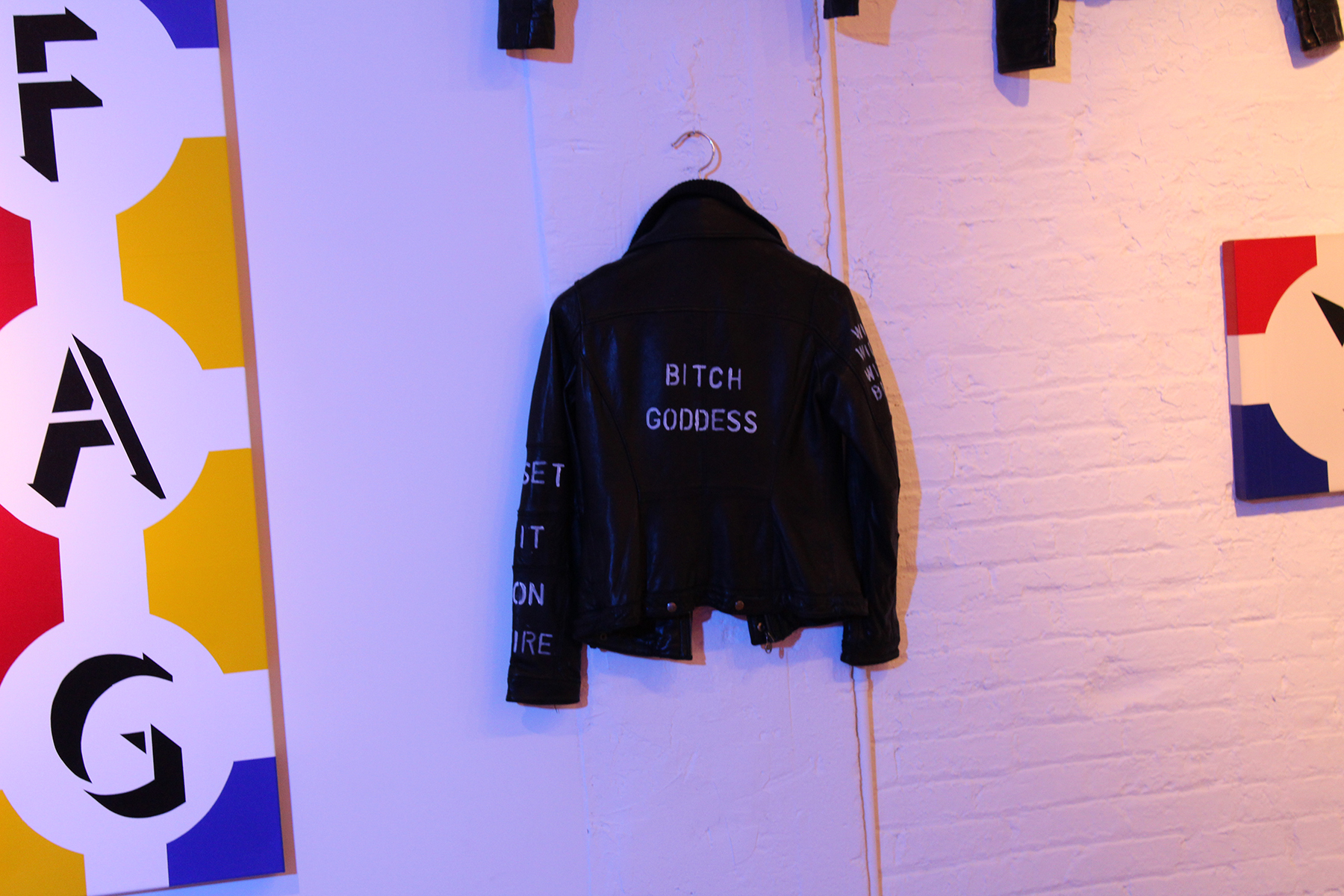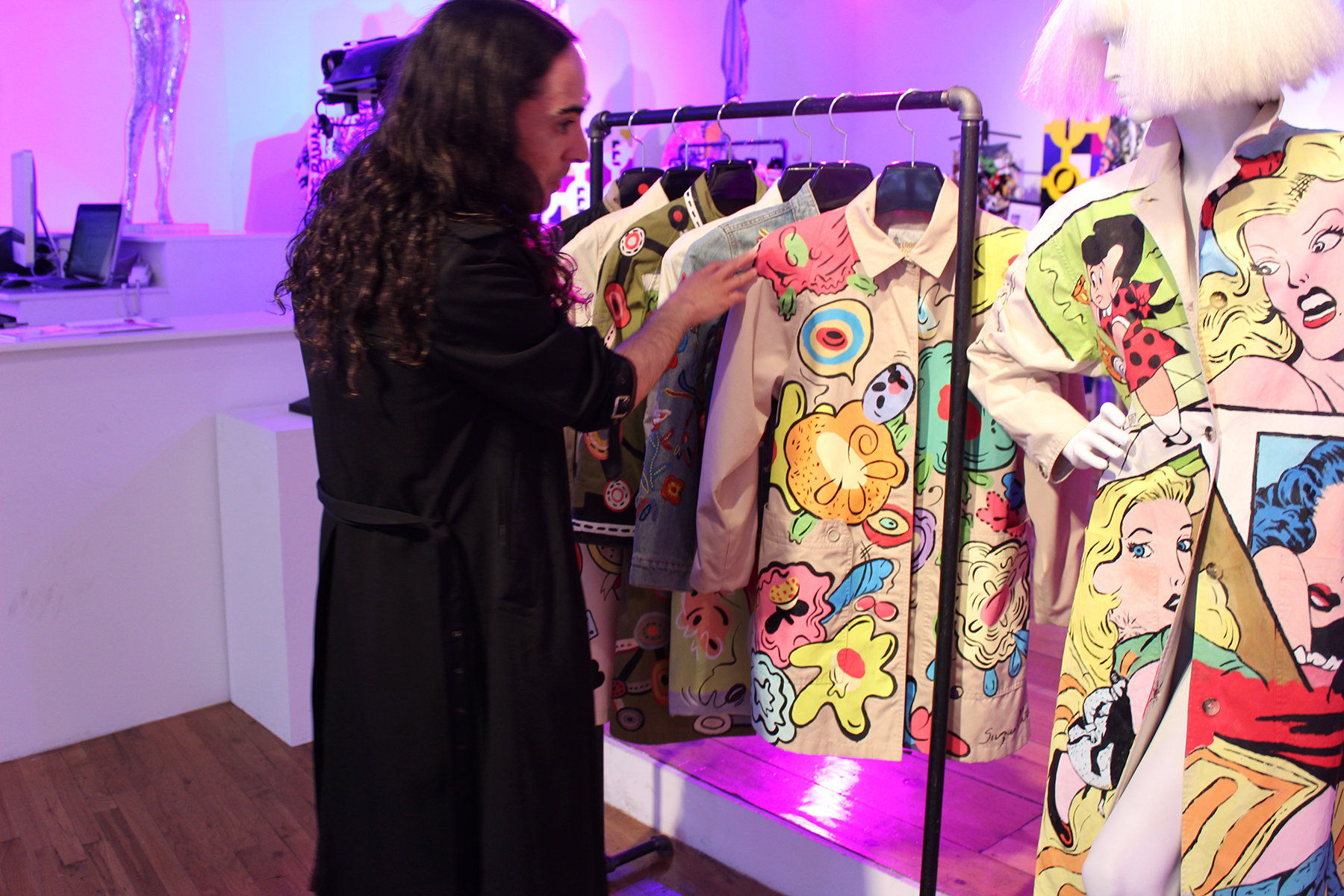A farewell to a show that once defined a generation’s voice on love, friendship, and selfhood—and a reckoning with the hollow echo of its revival.
Sarah Jessica Parker in And Just Like That, season 3
Courtesy of Warner Bros.
text by Kim Shveka
And Just Like That is finally ending after its third season, and as a die-hard fan of Sex and the City, I never imagined I would be so relieved to say goodbye to Carrie Bradshaw. SATC was aired alongside Will and Grace, Friends, and Felicity, yet, from its pilot, it stood apart as something more candid, vulnerable, and ambitious than the rest. It was a show dedicated to women that intimately portrayed sex, heartbreak, independence, friendship, and mistakes, striking a chord with a broad audience. Its four women were flawed, complex, honest, and achingly human. They were not written to be role models so much as mirrors, often provoking us to look inwards and consider the lessons within their innumerable blunders through life.
I first watched SATC at sixteen, and I’ve re-watched it annually, each time with new opinions, feelings, and resolutions. Like many fans, I grew up with the characters, initially adoring Carrie, later finding her insufferable, and ultimately loving her in spite of it all. Through her, I’ve learned to make peace with my imperfections and I wanted to see myself in each of the four women: adventurous and free like Samantha, compassionate and hopeful like Charlotte, grounded and independent like Miranda, human and magnetic like Carrie. Her charisma and glamour made her a favorite to many. Together, they balanced each other’s flaws, supported each other, and formed something larger than themselves.
The fashion in Sex and the City became as iconic as the women themselves, yet its brilliance was born from constraint. In the early seasons, with little budget for designer wardrobes, costume designer Patricia Field embraced resourcefulness, mixing thrift store treasures, vintage finds, and bold, unexpected pairings. The result was fashion that felt alive, intuitive, and deeply personal, with each woman’s style tailored perfectly to her written personality. Carrie’s life revolved around her love of fashion, her character intertwined with her eccentric choices, making her a definitive fashion icon. These clothes were not curated for brand partnerships or mass appeal; they were worn like declarations, each outfit an intentional extension of the women who wore them.
Kristin Davis, Sarah Jessica Parker, Cynthia Nixon in And Just Like That season 3
Courtesy of Warner Bros.
That resourcefulness carried the show until fashion itself became part of the plot. The turning point came with the now-iconic “baguette” episode, when Carrie was robbed of her Fendi baguette bag designed by Silvia Venturini Fendi, alongside her strappy Manolo Blahnik sandals. At the time, the bag was already the it-accessory, splashed across magazines and coveted by fashion girls everywhere, but Sex and the City gave it a cultural immortality that no ad campaign could touch. By then, fashion had already realized the power of fame, with supermodels becoming celebrities, and actors and musicians gracing the covers of every major fashion magazine. Still, it had not yet fully entered television and cinema as a narrative tool. Silvia Venturini stated that she loved the show, and the connection between the colorful baguette bag and Carrie’s personal style was only natural. By taking a risk on an unfamiliar marketing method and succeeding, she paved the way for many brands to follow. What began as intuitive, character-driven styling suddenly revealed fashion’s power as a storytelling tool, and brands quickly understood the value of being seen in Carrie’s world. From that moment, designers lined up to be part of the show, and television itself entered a new era of fashion collaboration. Carrie’s Dior saddlebag, Samantha’s pursuit of an Hermès Birkin, Charlotte’s Prada ladylike minimalism—each became unforgettable not just because of their labels, but because they were woven into their stories, defining new traits within each brand’s respective DNA.
And yet, while the fashion moments became endemic to the show, they were never the true center of the story. At face value, Sex and the City was about dating in New York, but its real glue was friendship—deep, loyal, unshakable friendship. It was the kind of friendship that many women long for, more essential to a life well lived than any bag, shoe, or spouse.
So why does And Just Like That feel like an entirely different creation? The keyword is zeitgeist. SATC existed in the late ’90s and early 2000s. Filmed in the streets of New York, it captured the evolving lives of women in their thirties who existed before our current series of financial collapse and culture war. Its creators were blissfully unaware of how its discourse would age in the era of cancel culture, giving them the freedom to prioritize entertainment and appeal to an audience that was familiar with feelings of disagreement. They did this so well that the show became part of a cultural lexicon. It was revolutionary precisely because it epitomized the moment, and it remains relevant due to the strong nostalgia it evokes.
In And Just Like That, the same characters we grew up with have been updated in service to a woke culture that lives more in the writers’ imagination than the heroines themselves.
The series aspired to honor the dignity of older womanhood—portraying Carrie, Miranda, and Charlotte as women still evolving in midlife. But in its eagerness to do so, it became tangled in an attempt to be all things to all audiences, folding inclusivity into the script with such obvious calculation that the storylines felt forced. Where Sex and the City had once reflected the zeitgeist by being fearless, provocative, and unconcerned with pleasing everyone, And Just Like That felt so desperate to appease an audience on the other side of a generational divide that it found itself giving midlife crisis rather than embracing the possibility that with age rarely comes wokedom.
The two follow-up SATC films were hard enough as it is. But the remake/revival frenzy thrives on nostalgia, convincing itself that the magic of the past is guaranteed to endure. While the love of its audience is guaranteed to generate revenue, it was an endeavor that was bound to dilute its legacy. As a core audience, our loyalties were exploited, and in exchange, we were met with weak storylines and unconvincing character arcs that challenged our ability to continue suspending disbelief.
John Corbett, Sarah Jessica Parker in And Just Like That, season 3
Courtesy of Warner Bros.
Even the fashion, once the soul of the series, feels lost. In Sex and the City, style was interwined seamlessly into the characters and their storylines, each outfit an extension of personality and circumstance. In And Just Like That, fashion overwhelms rather than enriches. Characters appear almost exclusively in off-the-runway pieces. Even minor figures who appear for less than a minute, like Harry’s personal shopper, who is dressed in a gold Schiaparelli jacket, don impossibly extravagant looks for people of their stature. What once felt real and intuitive now comes across as forced and too flashy; styled to shock rather than to complement the character. Once again, we are left flustered from the loss of authenticity, replaced crudely by obvious, in-your-face brand collaborations.
Sex and the City was built with intention, energy, and honesty. And Just Like That could have been an entirely new show with any other four women, and its impact would be unchanged. Instead, it wore the skin of something that had already lived within us. Worse, it was not even enjoyable as a hate-watch because of its deep connection to what we once loved. Some stories earn the right to remain untouched because they have already said what they needed to say, perfectly, in their own time.

